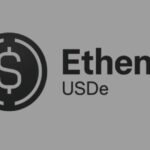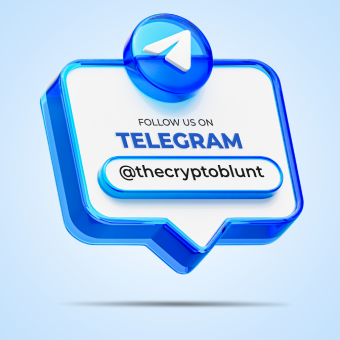Visa CEO Ryan McInerney announced that the colossal payments corporation is incorporating compatibility for four additional stablecoins across four distinct blockchains. Furthermore, it will be permitted for banks to generate and destroy these digital tokens.
The global payments behemoth Visa is scheduled to introduce compatibility for four stablecoins throughout four “distinct blockchains.” This initiative is part of the firm’s drive to escalate its cryptographic offerings.
Visa CEO Ryan McInerney informed investors during the company’s fourth-quarter and year-end earnings discussion on Tuesday that the corporation will persist in broadening its stablecoin services, given the robust expansion observed over the preceding financial year.
“We are adding support for four stablecoins running on four unique blockchains, representing two currencies that we can accept and convert to over 25 traditional fiat currencies.”
Details about the stablecoins and networks that will be supported by Visa were not disclosed by McInerney, but this action is expected to strengthen the company’s existing selection of supported networks and stablecoins.
Stablecoins are already supported by Visa. This list includes Circle’s USDC and Euro Coin (EURC), as well as PayPal USD (PYUSD) and Global Dollar (USDG), across the Ethereum, Solana, Stellar, and Avalanche blockchains.
McInerney stated that “particular momentum with stablecoins” is being observed by the corporation. He cited $140 billion in facilitated cryptocurrency and stablecoin transactions since the year 2020 as evidence.
Regarding expansion, he noted that global consumer expenditure using Visa’s stablecoin-connected card services expanded fourfold during its fourth quarter, relative to the corresponding quarter of the previous year.
“We expanded the number of stablecoins and blockchains available for settlement, and monthly volume has now passed a $2.5 billion annualized run rate,”
he added.
Visa Strengthens Focus on Stablecoin Banking
McInerney indicated that primary areas of concentration for Visa will be to expand its stablecoin services for banks and other established financial entities, and to expedite a greater number of international transactions. He remarked that “there is much more to come in this domain.”
The operation commenced in late September through a Visa Direct pilot program. This enabled banks and financial organizations to pre-fund international payments using USDC and EURC.
The subsequent phase, as stated by McInerney, will be to persist in improving and allocating funds to its solutions layer. This will enable the company to provide additional capabilities to its patrons and collaborators; a tangible instance of this is the creation and destruction of stablecoins.
“We are starting to enable banks to mint and burn their own stablecoins with the Visa tokenized asset platform, and we are adding stablecoin capabilities to enhance cross-border money movement with Visa Direct.”















